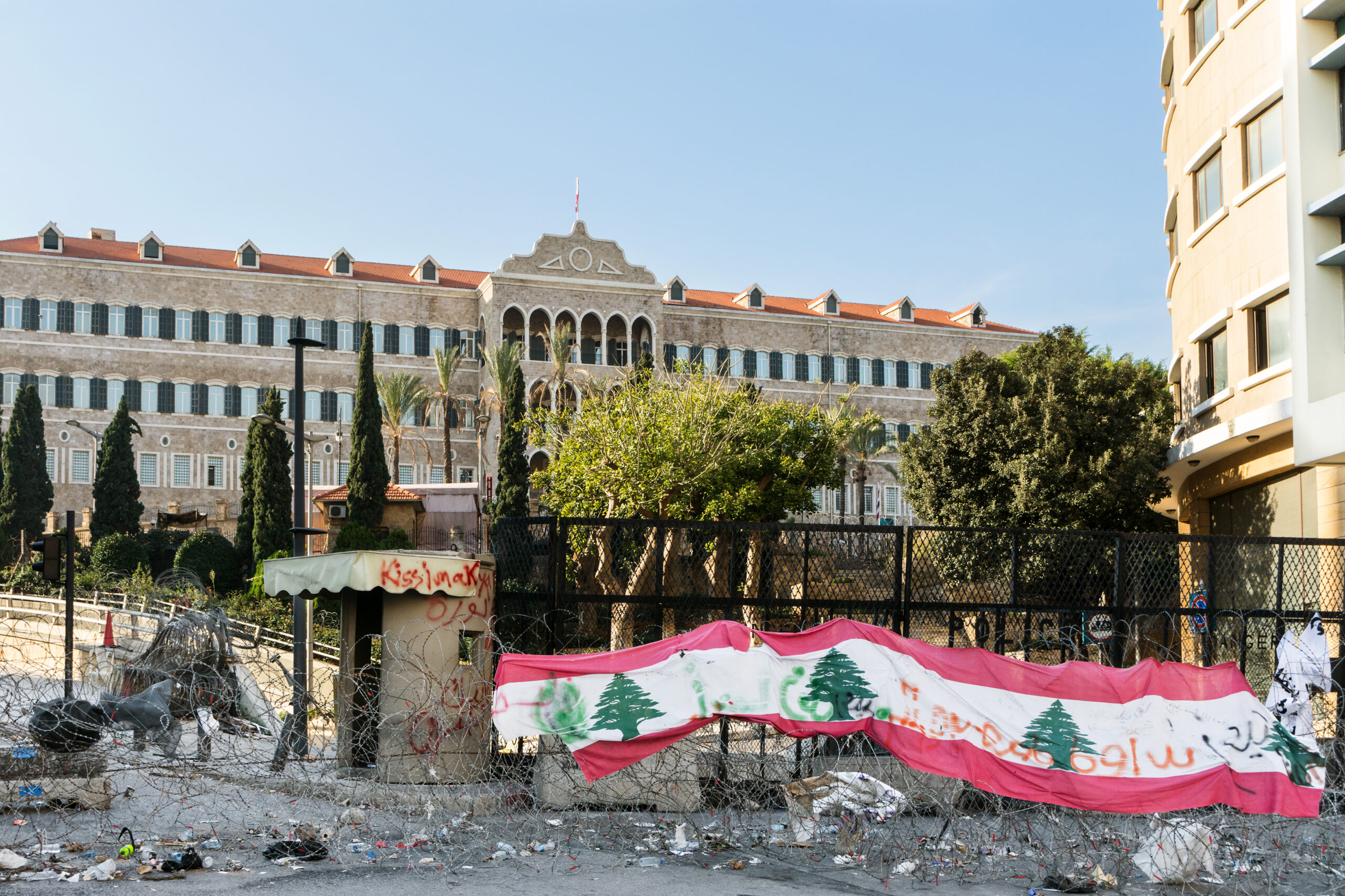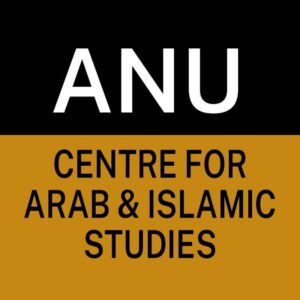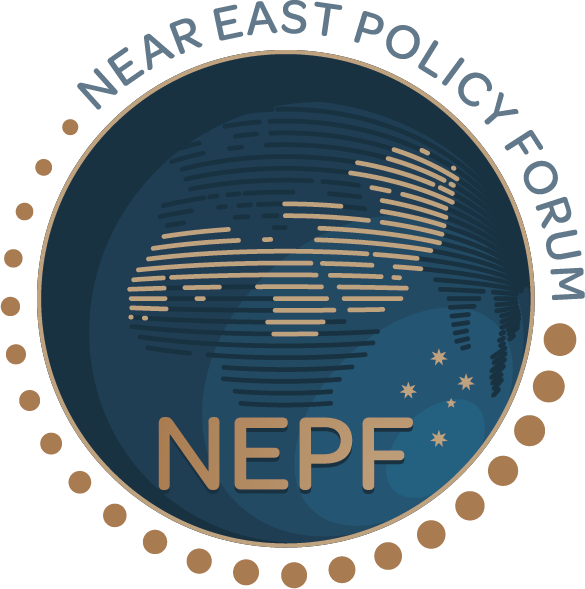In a small multi-sectarian country, such as Lebanon, highlighting religious and sectarian factors appear to be the most appealing and logical explanation to political and eocnomic woes. In reality, Lebanese sectarian diversity paved the way to a ruling class that took advantage of the national economic structure to pursue its own interests, leading to the worst economic crisis in the country’s history.
The nineteenth century’s class conflicts in Mount Lebanon, before the country took its current geographical shape, were shallowly reasoned to be sectarian. Originally, Maronite Christians Peasants in the Keserwan region revolted against their landlords, themselves also Maronite. Seeing the upheaval, Druze landlords in Mount Lebanon were alarmed that revolution would spread in their territory threatening their power. It is worth mentioning that their peasants were also mostly Maronites. Furthermore, the emergence of a (Christian) middle class was seen as a menace to the power of the Druze ruling class and fueled the 1860 massacres fought between Maronites and Druze.
Meanwhile, European powers were forging cultural and educational links with local communities, paving the path to economic relations. During this period, the economic outward regime began to take shape. French authorities were in direct contact with their Maronite protégés, founding schools, purchasing raw silk yarn, and, at a later stage, establishing a silk industry. The same approach was adopted by the other European powers with non-Maronite communities. To this end, they needed Lebanese translators who studied in Europe. Taking advantage of their position, those translators became middlemen, then bankers and merchants who laid, at a later stage, the foundations of the political and economic regime.
The end of World War I inaugurated a new political era for Lebanon, but with no change in the economic system or the ruling class. This time, the economic regime was institutionalized by those who were taking advantage of the system: bankers, merchants, and service providers who were mostly Maronites (the ones living in the central regions of the country), Orthodox and Sunni (localized on coastal regions). An open economic regime based on the private sector was allowed to operate without public intervention, which was advantageous to sectarian diversity as it allowed a freedom of activity inhibiting economic clashes.
Keeping the above system in mind, national economic prosperity remained concentrated in the central regions of the country, namely Beirut and Mount Lebanon, especially after the decline of the agricultural activities in rural areas. Those regions were historically the regions of Orthodox, Sunni, Maronites, and to a lower degree Druze. At this level, the unbalanced regional development was never a central question for politicians. These regional imbalances, coupled with dismantlement of agrarian systems and the Israeli bombing raids lead to massive rural-urban population displacement, which created poverty belts around Beirut, are among the important, yet overlooked, arguments when discussing the build-up of the Lebanese civil war. Here again, a class conflict can be argued to be one of the reasons behind a 15-year long bloody civil war (1975- 1990).
The Taef agreement that ended the civil war reinforced the sectarian divide, both at the institutional and popular levels. While the agreement shifted the balance of power from the (Maronite) President to the government (headed by a Sunni), the traditional management of the state and the economy remained unchanged. On the other hand, the political and security levels were assigned to the Syrian occupation, and the economic affairs were the responsibility of the Prime Minister Rafic Hariri, a millionaire with a Saudi citizenship. Taking advantage of the classical sectarian divide, and the decisional power newly concentrated in the hands of the government, Hariri was presented as the sole Sunni representative, and the economic savior. Any critique to the fiscal and monetary policies adopted, was considered to be an insult to the Sunni community and an attack on the reconstruction effort (named “Horizon 2000”). This reconstruction project allowed warlords – dominating postwar politics in the name of their sects and protecting their sects’ share in the state – to openly run a competition over public resources through legal means, including for instance public employment and the creation of different funds in the name of reconstruction. Thus, in the name of the sects and a privately-led open economy, the ruling class including civil servants, politicians, and religious figures deepened the foundation of corruption, and guaranteed its reproduction.
30 years later, the public budget management and the monetary policy remained unchanged leading to the total economic and monetary collapse Lebanon witnesses today. Not only did corruption and public employment abuse become obvious, always in the name of the sect, but the monetary and fiscal policies came to the benefit of the ruling class, the banking sector, and the wealthiest strata of the country, regardless of their religious affiliation. Vertiginous interest rates on public bonds, a pegged national currency, a massive dollarization of the economy, and a regressive taxation system were adopted to attract needed funds to finance the reconstruction effort, and to artificially create economic stability. These policies financed a consumption economy, and a distorted and inflated public finance. In addition, what remained of the production economy was eroded, and a rentier economy reinforced while public deficit and public debt skyrocketed without any tangible impact neither on growth nor on economic inequalities. In parallel, the banking sector became bigger than the national economy, private debt was equivalent to the GDP, and the structural trade balance deficit widened.
Consequently, the national economy started to collapse during summer 2019. More than 55% of the population lives below the poverty line and all bank deposits in USD are paid to their owners in Lebanese Pounds (LBP) at the rate LBP 3,900/ USD while one USD buys more than LBP 15,000 on the black market. Despite the catastrophic economic crash, most religious leaders continue to protect politicians and public servants accused of corruption and public mismanagement, under the disguise of protecting their sects.
In conclusion, 18 sects are officially recognized in Lebanon, yet another one prevails: ruling class interests.
The views expressed in the Near East Policy Forum are those of the authors and do not represent the views of the Near East Policy Forum or any of its partner organisations.





Leave a Reply